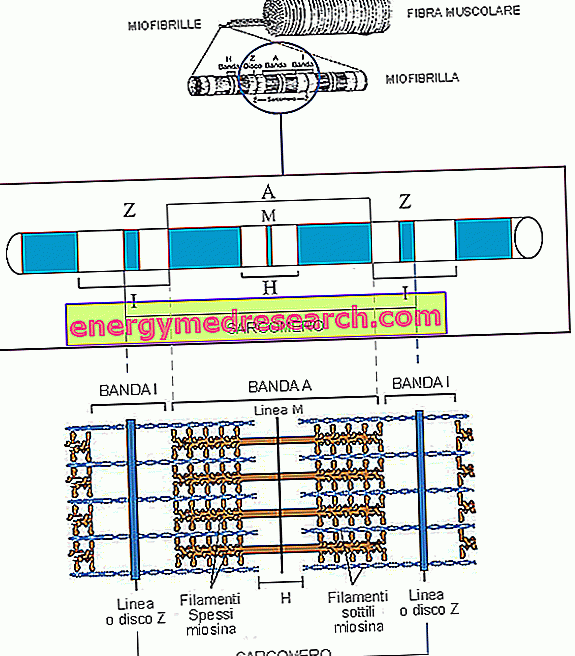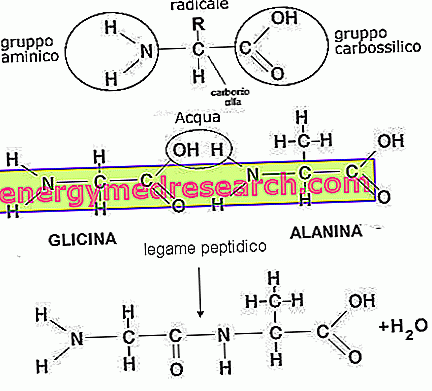Definition
Dental plaque - also called dental patina, bacterial plaque or oral biofilm - is a sticky and opalescent substance that is deposited on the surfaces of the teeth. Considered the main enemy of the same, the dental plaque takes root above all in the interdental spaces, in the occlusal surfaces, in the irregularities of the enamel or in proximity of the gingiva and the tooth (collar).
How is plaque formed?

Tartar formation
If the bacterial plaque is not completely removed with a correct oral hygiene, it undergoes a series of mineralization processes that transform it into tartar. The joint action of this very hard deposit and of the bacterial metabolism, predisposes the teeth to the periodontal disease.
How to remove plaque?
The only way to remove bacterial plaque from teeth and gums, before it negatively affects their health, is to patiently and in the right way brush and floss. The use of the toothbrush is particularly recommended after the main meals and in particular after the evening one, since in the hours of rest the plaque bacteria are facilitated in their harmful action. To learn more, consult the articles
- brush
- dental floss
- mouthwash
- pipe cleaner
- detartarasi (professional dental cleaning)



